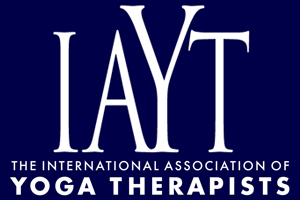Teaching Yoga to School-Aged Children:Principles and Personal Experiences
School-aged children are expected to learn new skills and work productively in many domains of life. Those who fail to keep up, particularly those who have developmental disorders, often experience feelings of inferiority and social isolation. I created a Yoga class for school-aged children of all abilities that is designed to serve as a haven from the performance demands of their lives. The class capitalizes on children's pleasure in learning and actively promotes selfawareness without self-judgment. The class draws inspiration from tantric philosophy, which allows for life to be experienced playfully while recognizing the sacred interconnectedness of all things. Three features differentiate this class from a typical adult Yoga class:(1) use of an integrating theme, (2) designated times for discussion and movement, and (3) inclusion of a creative portion. These features are designed to engage and motivate school-aged children. Some traditional elements of a Yoga practice, including breathing exercises (prânâyâma) and the final relaxation in corpse pose (shavâsana), are adapted for children. Educating the parents about the vocabulary, structure,and benefits of Yoga enhances the therapeutic potential of the class for children. Students in the class report that Yoga enhances their ability to focus and that they benefit from the relaxation of body and mind.
